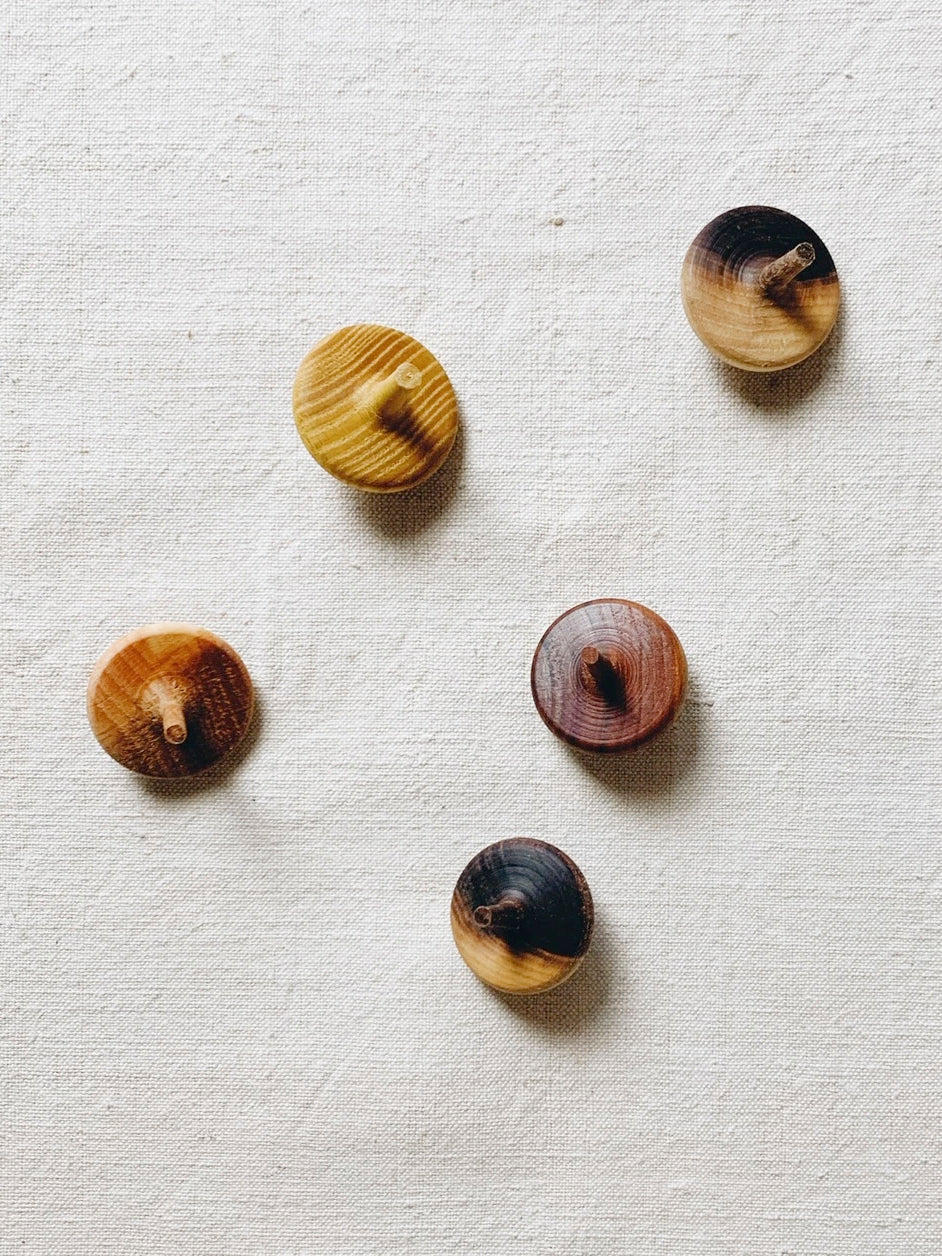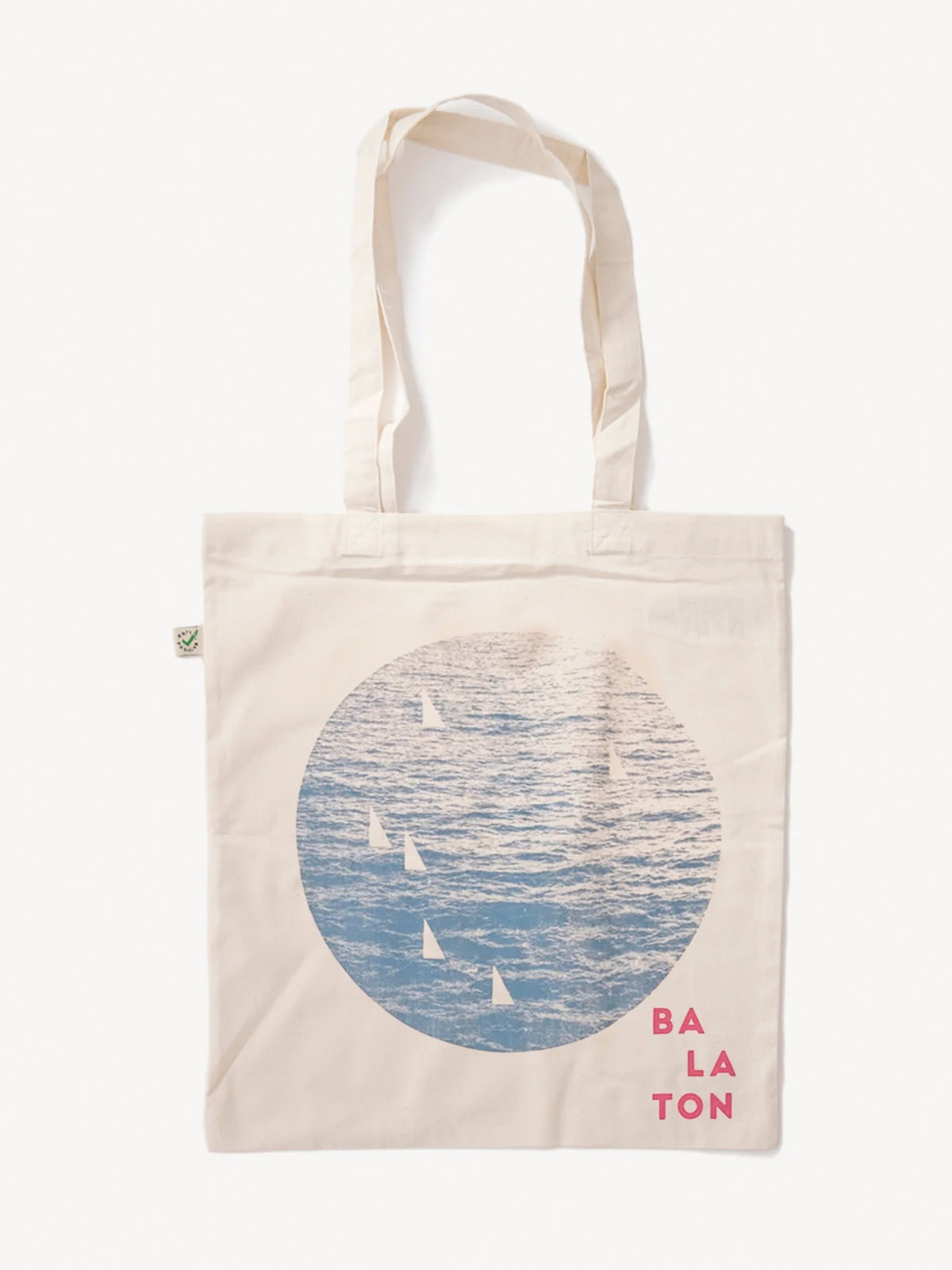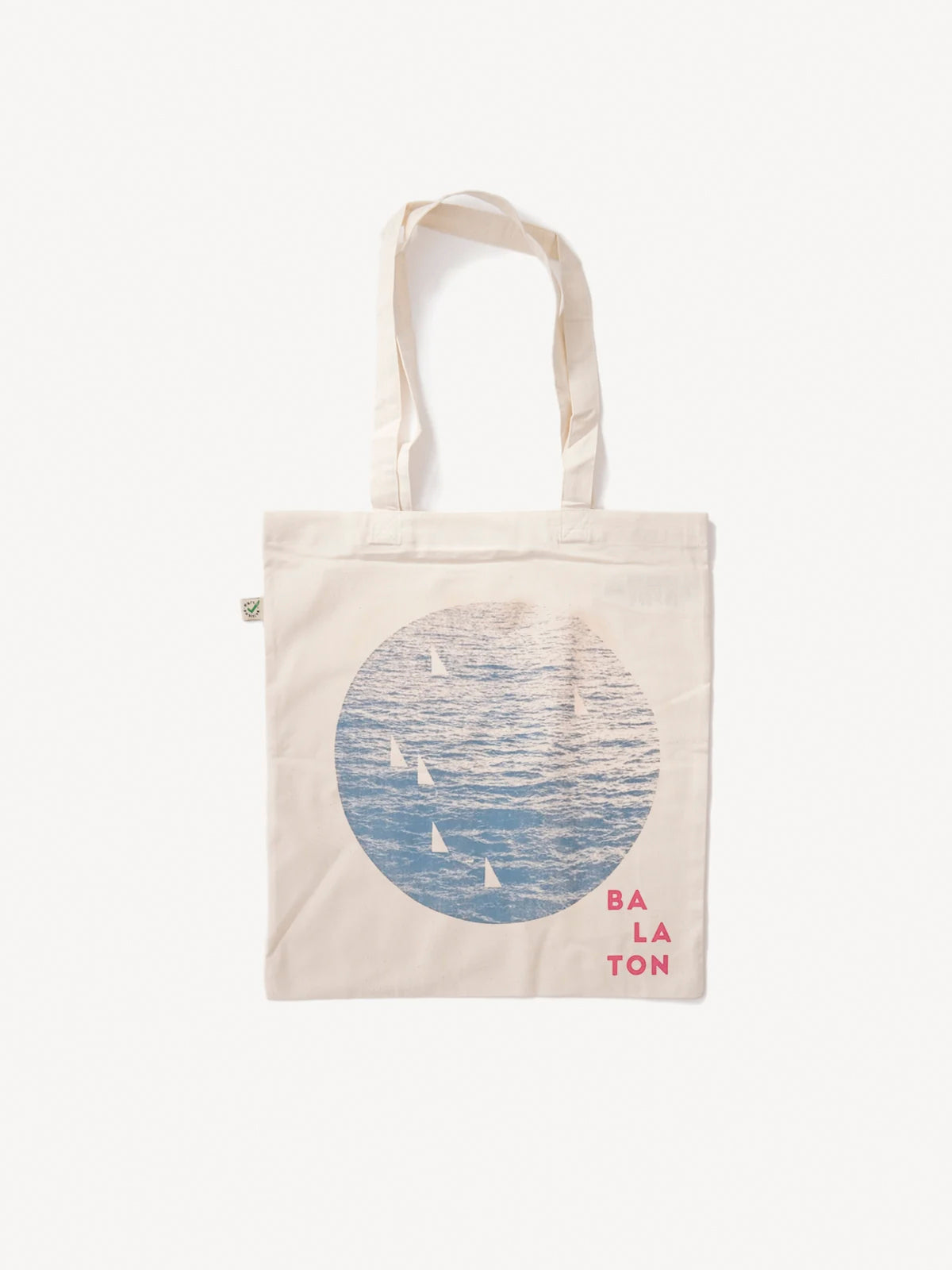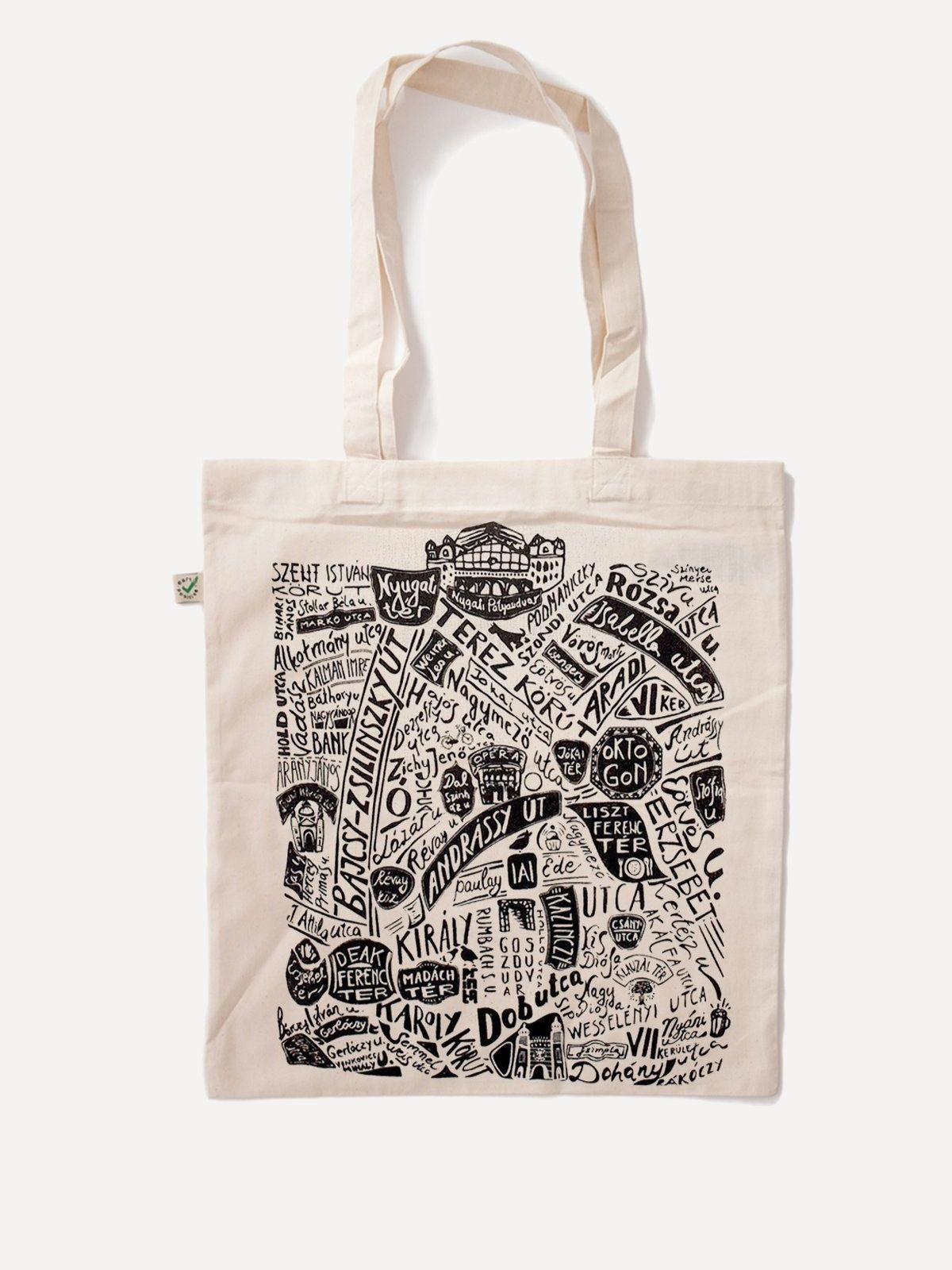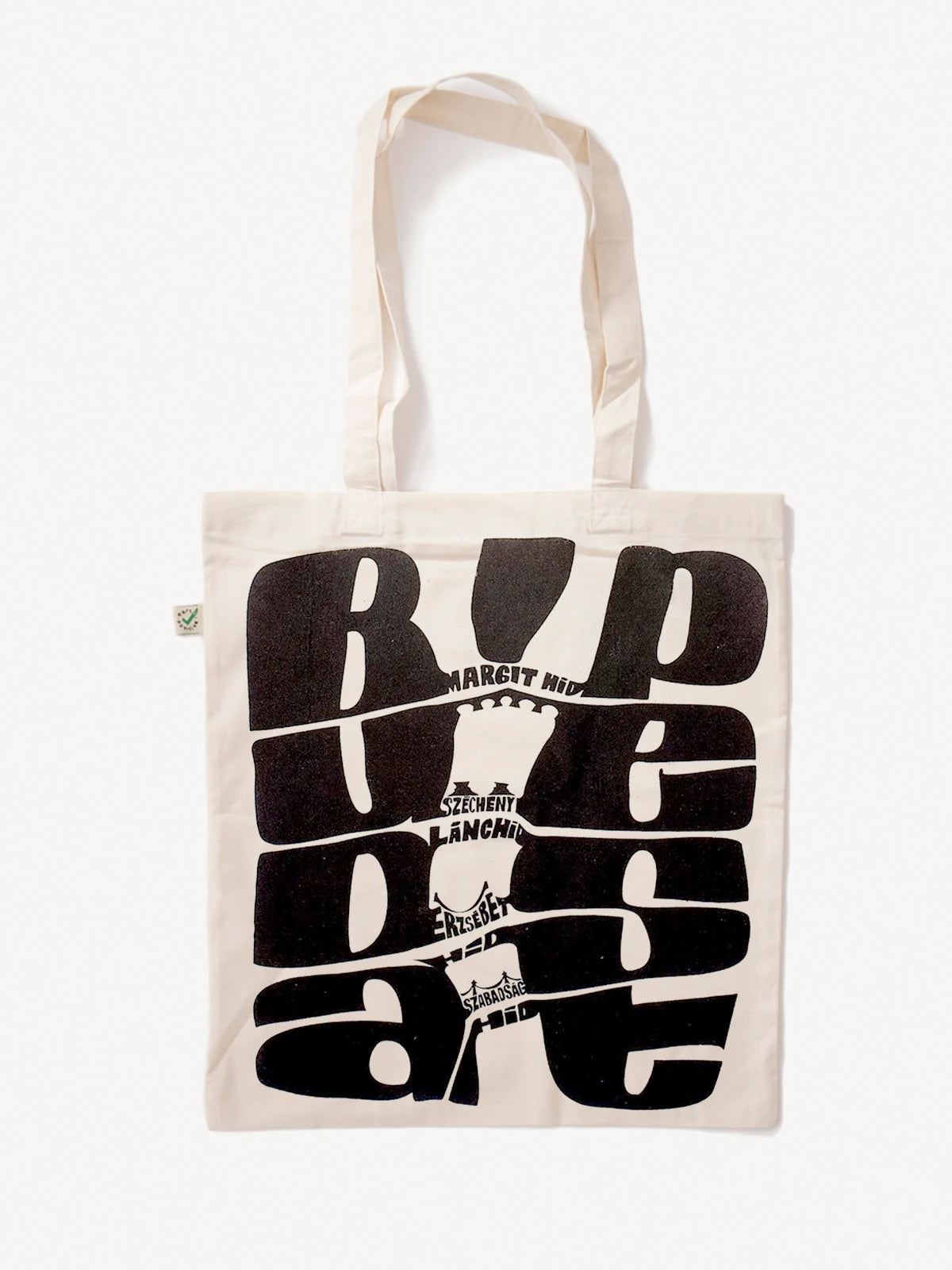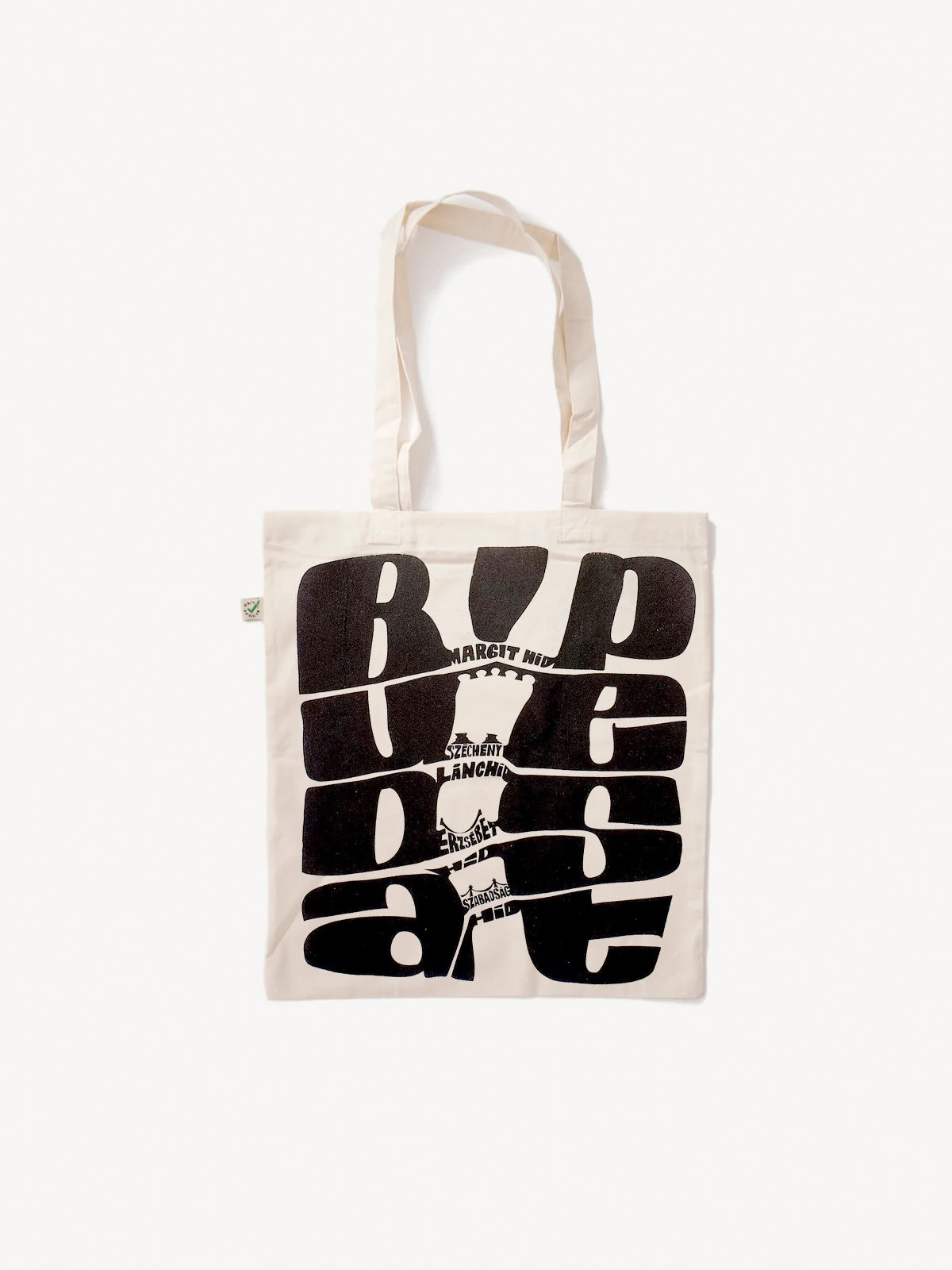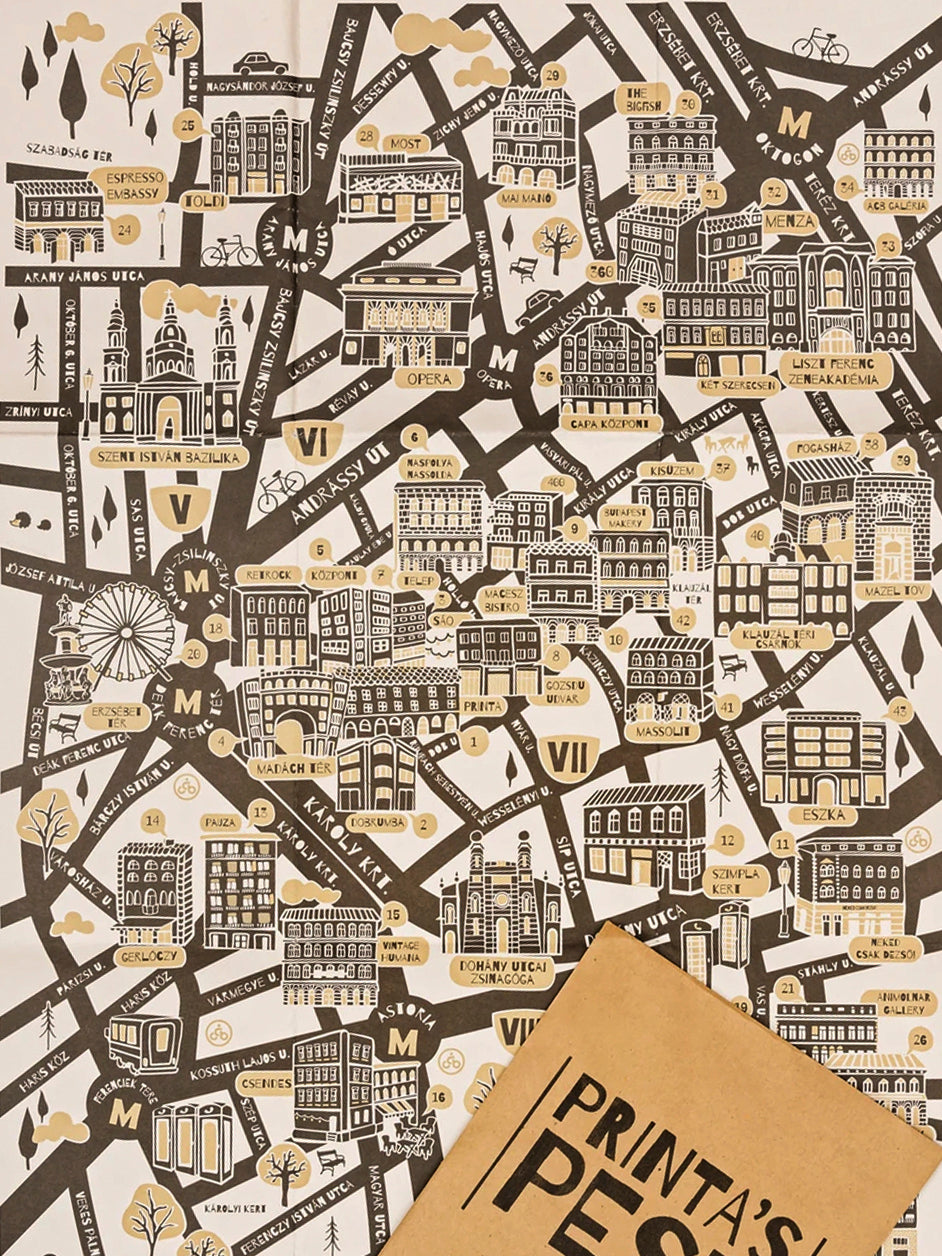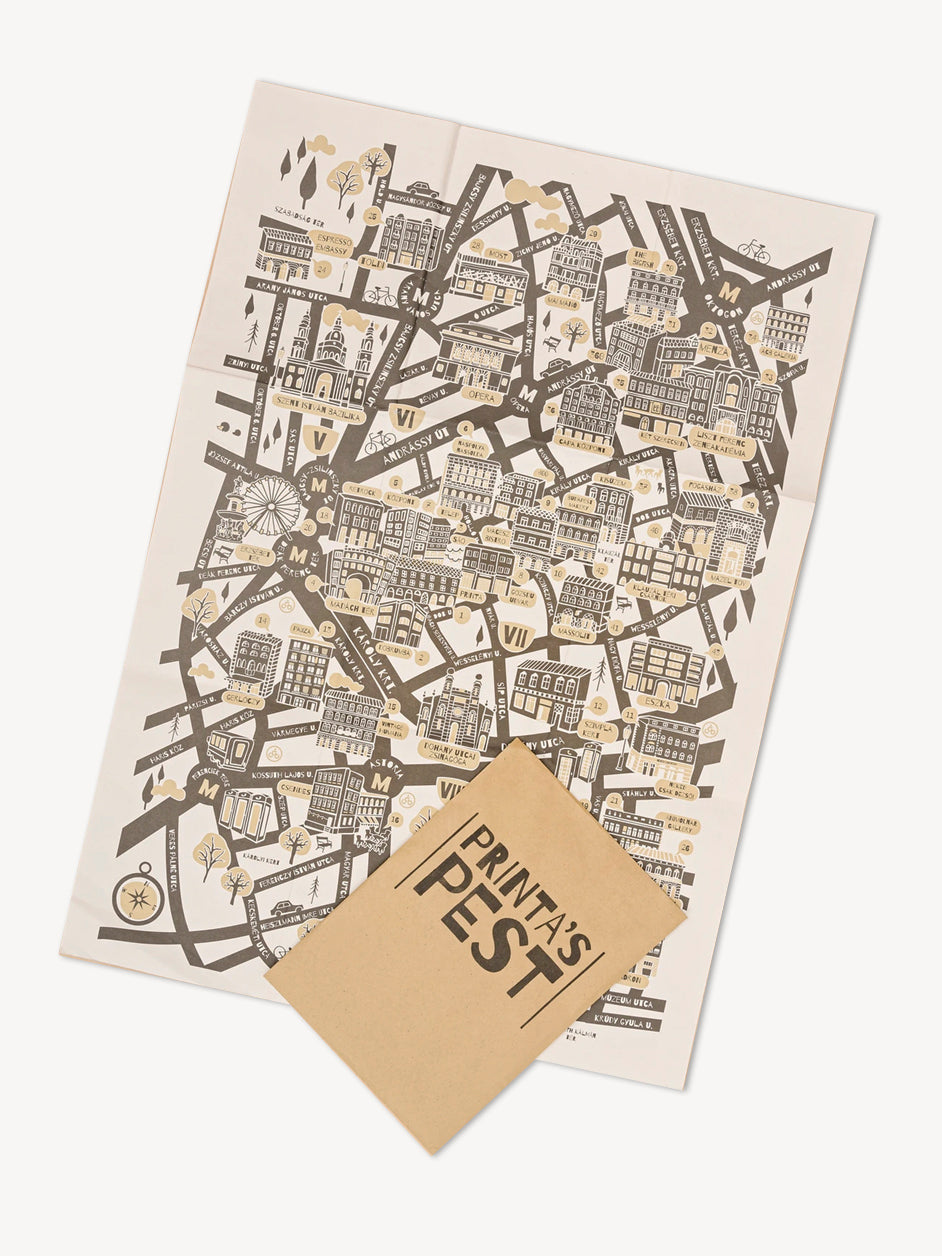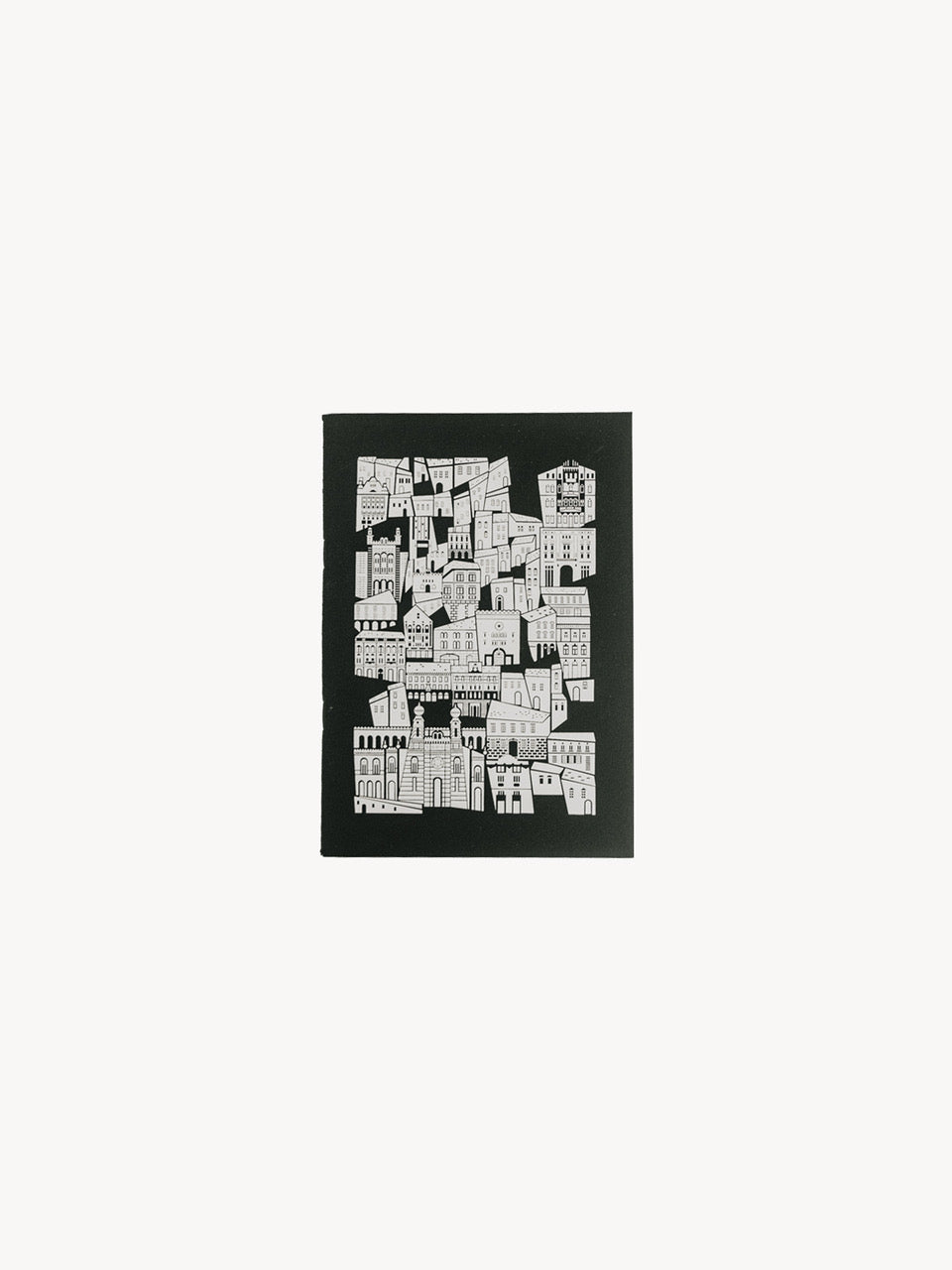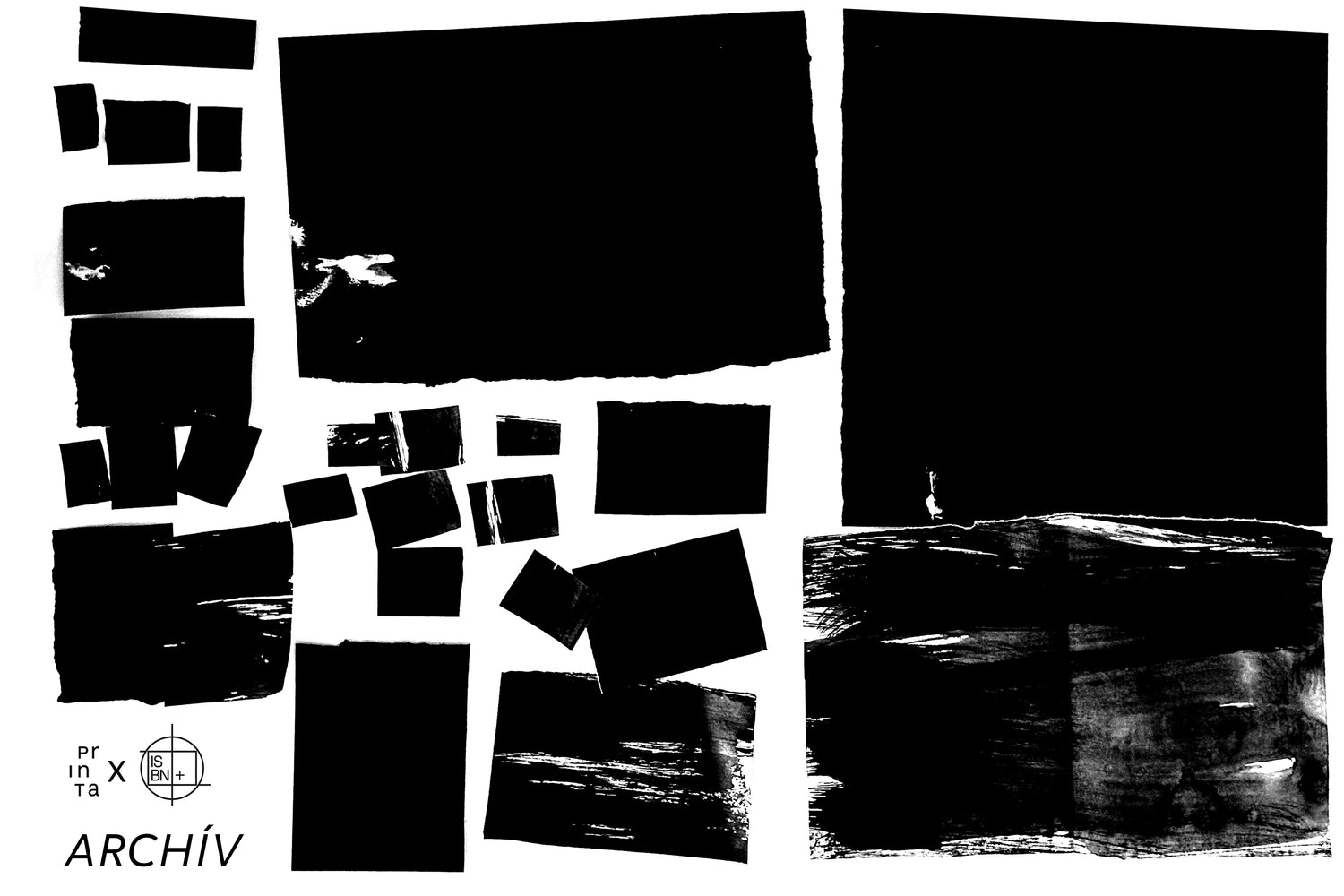Screen-printed patterns and creations have defined the character of Printa since the beginning. But how did the brand's story begin? Where did the founder's passion for screen printing come from? What graphic themes or trends inspired Printa's repertoire? On the occasion of the brand's 15th anniversary, you can read about these, among other things, in our latest blog post.
Over the past decade and a half, we have worked with many talented artists, with whom we have created several special screen prints. Although these works have been removed from the walls of Printa over time, we have carefully preserved them. Each graphic is important to us, so we felt that the time had come to show our archived prints in the form of an exhibition. Our intuitive and subjective selection, entitled Printa Archive, will be hosted in the renovated ISBN+ Cultural Center Project Hall, between September 17-24, 2024.

From “shop” to concept store
Zita Majoros left Serbia during her university years to continue her studies in fine arts in Budapest. At that time, thanks to the graphic arts department, she was introduced to several traditional techniques, including screen printing, which was where she first encountered it. After university, she began her career as a visual artist, eventually moving towards applied graphics. “I realized that I didn’t want to limit my path specifically to the world of fine arts. I was a little afraid of full commitment, but at the same time, I was attracted to the applied art direction. So I started thinking about how I could put my own visual ideas into a saleable form,” she recalls. Zita’s first collections were slowly born: her products were available on her own site called Bolt. “Fortunately, the world wasn’t so digitally focused back then, and today it would be a challenge to find a store called Bolt on the internet,” she notes. Bolt actually operated as a small concept store: in addition to Zita's own T-shirts, bags or graphics, other design objects could be found in its repertoire. In addition to looking at Budapest with fresh eyes, she traveled a lot: the concept stores in Berlin and Paris, as well as the galleries dealing with serigraphy, all influenced her, so the idea of Printa slowly began to take shape.

“In 2009, I came to the point where I wanted a bigger space, which I started implementing together with Brazilian photographer Claudia Martins. When we founded it, I already had it in my mind that I wanted my own screen printing workshop, where we could experiment in addition to creating art projects and producing design products. I felt that I could do this much more freely in my own workshop than by involving external partners. This is how it turned out that the screen printing workshop already became part of the basic concept, and in addition to that, it was important for me to have a design shop in the new space, and for Claudia to have a separate gallery space and café. This is how we put our ideas together and finally were able to create a unique concept,” Zita details.
Printa actually opened its doors as one of the first eco-conscious concept stores in Budapest at Rumbach Sebestyén utca 10, where it still operates today. According to Zita, from the very beginning, she placed emphasis on the choice of raw materials for clothes and other products: “I first encountered the term upcycling in 2010, but I had already been making bags from leather jackets for four years, but we didn’t yet call this trend a name,” she says. Printing techniques generally have a negative impact on the environment, so in order to strengthen their commitment to environmental awareness, they chose water-based ink for screen printing.

From subjective urban impressions to self-care
Due to her Serbian origin, Zita was inspired by Budapest and her immediate surroundings in her work, so her graphic designs initially reflected typographic works and the different layers of the city, as well as her subjective experiences of it. Her creations were later characterized by geometric and later organic forms, and the visual representation of different structures still preoccupies her to this day. “Experimenting with the screen printing technique is still characteristic of my work. Recently, I have also been interested in ceramics and how the structure of clay can be reproduced through screen printing. Furthermore, the wear and tear or “errors” resulting from the technique are also inspiring to me: when does an error start to be a source of aesthetics? Where does this boundary lie? I have always liked this uniqueness of screen printing in this process,” she details.

The screen-printed paper-based works, which are also a staple of Printa's repertoire, have also been characterized by similar graphic trends over the years. These works took shape in collaboration with several Hungarian and foreign artists. For many, the city appeared as a central source of inspiration, and the visual expression of various experiences and impressions associated with it. “In the first half of the 2000s, street art and its influence on graphics or fine arts somewhat symbolized this period: this trend also characterizes the art of Attila Stark and András Baranyai, but both artists approached it in a completely unique way. In the latter, cartoon-like characters were mixed with urban themes. In fact, this was our common denominator: the city. After all, Budapest is the environment in which we live, but we approach the subject very differently. Anita Nemes, for example, represents a fine-lined, dream-like, abstract approach, while Lili Thury’s collages show different fragments of the city,” explains Zita. In addition, typography-based works such as those by Dóra Balla or Marcell Puskás also strengthened Printa’s offering. Then, in the last few years, in the post-Covid times, the focus of the print collections slowly shifted towards the theme of introspection and mental hygiene. “Conceptual thinking has always accompanied our work: it was important for us to leave room for more special and abstract products that are not necessarily saleable, but still take us forward,” says Zita.

Constant basic approach with changing focus
Although the basic concept of Printa has remained the same over the past decade and a half, the emphasis has changed somewhat. “Just as I have changed,” says Zita. In the first five years, artistic collaborations and projects took on a greater role: “ Claudia invested a lot of energy in welcoming guest artists, such as Lotta Nieminen and the SYLG street art group, to our studio. When we parted ways, we focused on developing Printa’s own collection and creating a unified and unique offering. We also started working with young Hungarian artists who were active in our immediate environment and who we had connections with: we tried to build a creative community. Lately, after Covid, I felt that the brand had become sufficiently strong, so we started to think more about art projects and exhibitions again,” Zita sums up.

